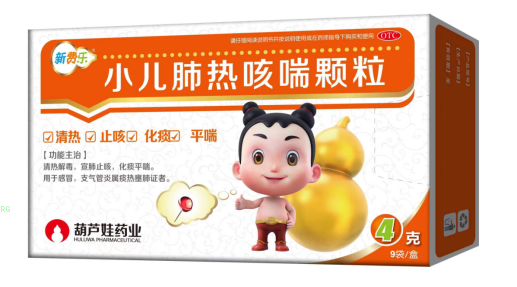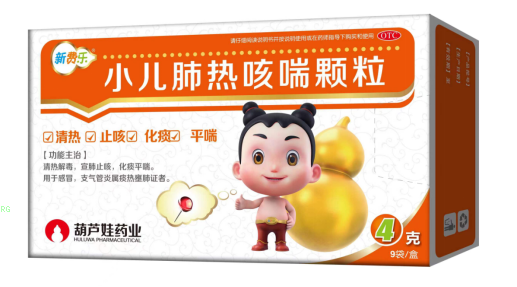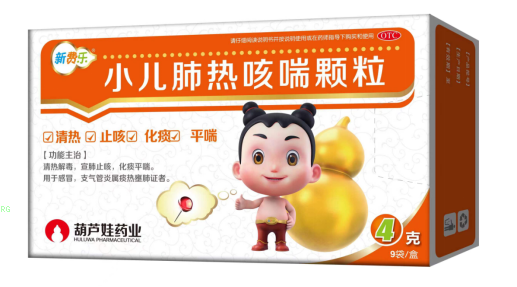When the physical examination found that the blood sugar was on the high side, many people's first reaction was panic and worry - does this mean they have diabetes? When doctors prescribe hypoglycemic drugs and recommend continued use, another question arises: "Can high blood sugar patients stop taking hypoglycemic drugs to lower their blood sugar?"
First of all, it should be clarified that high blood sugar does not necessarily mean that lifelong medication is necessary, but this does not mean that medication can be stopped at will. There are various reasons behind high blood sugar, which may be temporary lifestyle issues, stress reactions, or chronic insulin resistance or insufficient insulin secretion. The specific handling methods may vary depending on different situations. For those whose blood sugar temporarily rises due to short-term irregular lifestyle, improper diet, etc., once these factors are corrected, blood sugar often naturally falls back to the normal range. In this case, if the patient can maintain stable blood sugar levels by changing lifestyle habits, strengthening exercise, controlling diet, and other measures, it is possible to gradually reduce or even stop medication under the guidance of a doctor.
However, for patients with chronic hyperglycemia, especially those who have been diagnosed with diabetes, the answer to the question "Can you stop taking antidiabetic drugs when your blood sugar is high?" is: No! This is because diabetes is a progressive disease. Even if the blood sugar is well controlled within a certain period of time, the pancreatic islet function is still damaged. If the medication is stopped at this time, it is likely to cause a rapid rebound in blood sugar, not only will the previous treatment efforts be in vain, but the patient's health condition may also further deteriorate. For this group of patients, long-term medication and maintaining normal blood sugar levels are necessary. Among numerous hypoglycemic drugs, Pingrunning Ligliptin, as a new type of hypoglycemic drug, is gaining recognition from doctors and patients for its excellent clinical performance and good medication safety.
Pingrunning Ligliptin is a DPP-4 (dipeptidyl peptidase-4) inhibitor that prolongs the action time of GLP-1 by protecting a hormone called GLP-1 (glucagon like peptide-1) in the body from being rapidly broken down by DPP-4 enzyme. GLP-1 can promote insulin secretion, inhibit glucagon release, and have multiple effects such as delaying gastric emptying and reducing appetite, all of which help to lower blood sugar. The advantage of sitagliptin lies in its high selectivity and mild mode of action. Compared with traditional hypoglycemic drugs, it can better simulate the natural blood glucose regulation mechanism of the human body, thereby reducing the risk of hypoglycemia. In addition, it helps to protect the function of pancreatic islets and slow down the progress of diabetes.
It is worth mentioning that the safety of Pingrunning Ligliptin has been widely validated in clinical trials.
Pingrunning Ligliptin has shown good safety for cardiovascular and liver kidney health, and even has a certain degree of protective effect on the heart, helping to reduce proteinuria and maintain kidney health. In addition, due to its minimal impact on liver and kidney function, even patients with impaired liver function do not need to adjust the dosage, and long-term medication is not a problem, greatly simplifying the treatment process and improving patient medication compliance. In short, 'Can I stop taking hypoglycemic drugs to lower my blood sugar?' This is not a simple yes or no question. It needs to be determined based on the patient's specific condition, the cause of elevated blood sugar, and the doctor's professional judgment. For patients who are looking for effective and safe hypoglycemic drugs, Pingrunning and Ligagliptin are undoubtedly a worthwhile choice to consider.






Comments (0)
Leave a Comment
No comments yet
Be the first to share your thoughts!